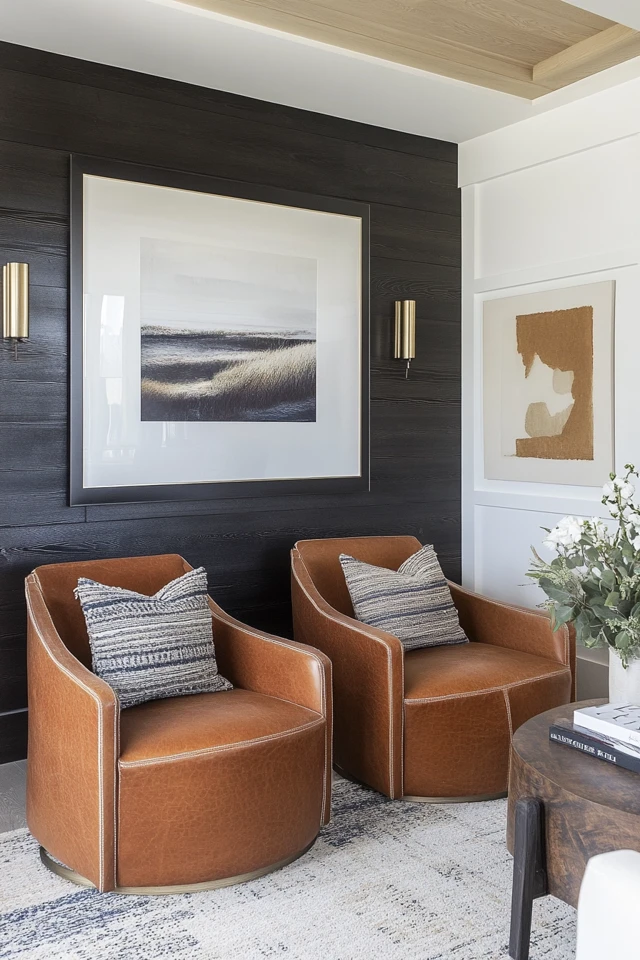Introduction
Have you ever walked into a room that felt awkward or cramped, even though it had plenty of space? Or perhaps a beautifully furnished room that somehow didn’t feel welcoming? These issues often boil down to furniture placement. The way your furniture is arranged plays a vital role in creating effortless flow—how people navigate and experience a room. Strategic furniture placement doesn’t just improve functionality; it also makes your space more aesthetically pleasing and comfortable.
I’ll never forget the time I rearranged my living room furniture on a whim. Before, my sofa was backed against the wall, and the coffee table seemed too far away to reach. It worked, but something felt “off.” One day, I tried angling the sofa slightly, moving it closer to the center of the room, and creating a cozy conversation area with two chairs. The transformation was instant! The room felt more intimate, balanced, and inviting. That experience showed me the power of thoughtful furniture placement to completely change a space’s vibe.
Strategic furniture placement is about making your home work for you. Whether you’re optimizing a small apartment or designing an open-concept layout, arranging your furniture with intention can maximize flow, functionality, and style. Let’s explore how to do it!
The Perfect Design for You
Strategic furniture placement is for anyone looking to enhance both the form and function of their space. Whether you’re working with a large family room or a compact studio apartment, the right arrangement can transform your home. It’s particularly useful if you’re aiming to:
- Maximize Small Spaces: In small rooms, careful furniture placement creates an illusion of space and avoids overcrowding.
- Enhance Open-Concept Living: Large, open areas often feel undefined, but thoughtful layouts can create zones with purpose, like dining, lounging, or working.
- Encourage Social Interaction: In living rooms or entertainment spaces, arranging furniture in a way that promotes conversation makes gatherings more enjoyable.
- Improve Traffic Flow: Proper placement ensures that people can move through the room without bumping into furniture or disrupting the space’s functionality.
Imagine walking into a bedroom where the bed is positioned with symmetry against the main wall, flanked by matching nightstands and lamps. This layout feels balanced and serene, perfect for rest. Or picture a living room with a centered sofa, a coffee table within easy reach, and accent chairs angled for conversation. These designs not only look polished but also function beautifully, creating harmony between movement and use.
Picture Gallery
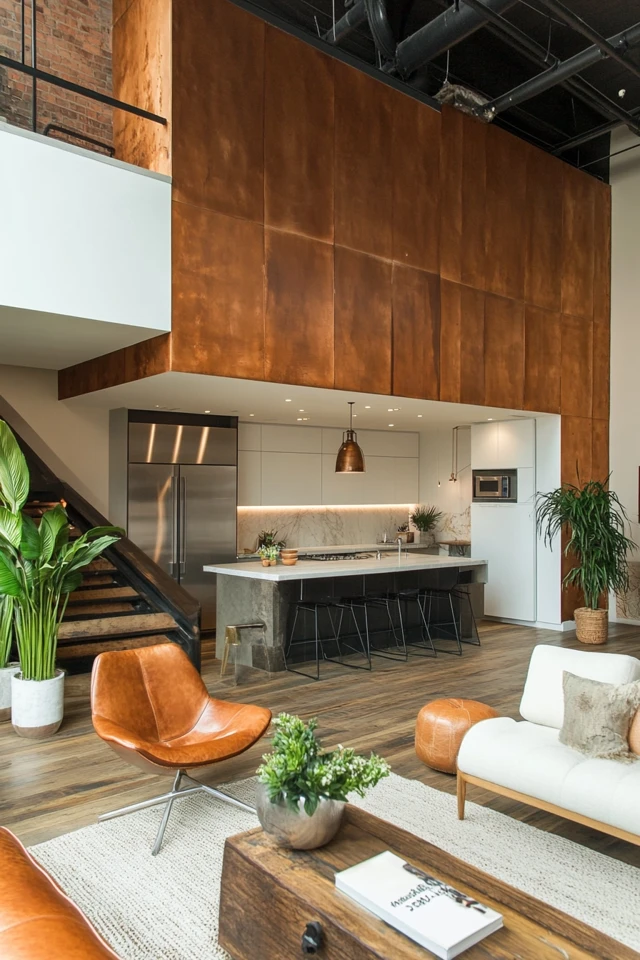

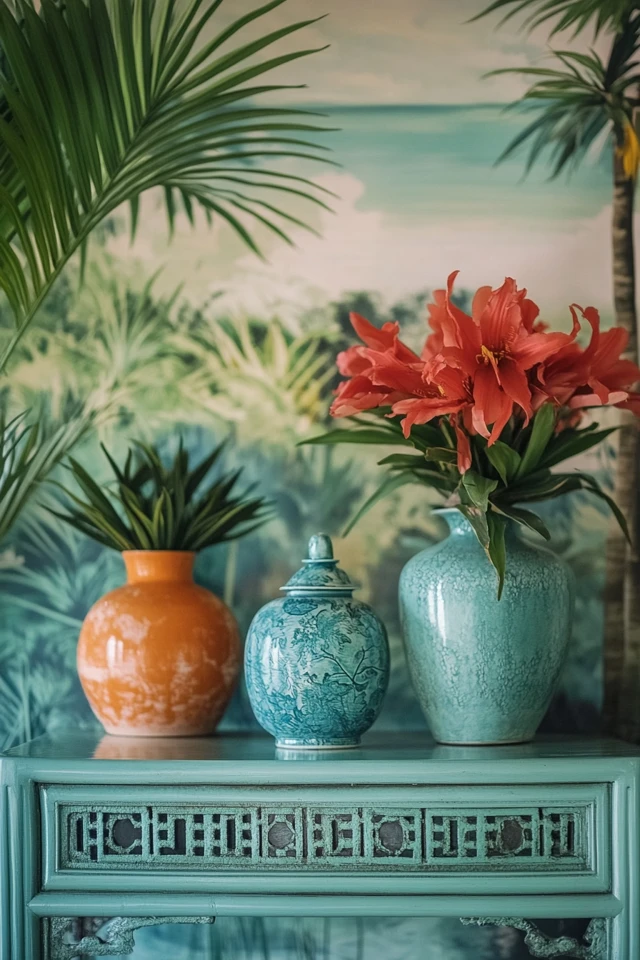
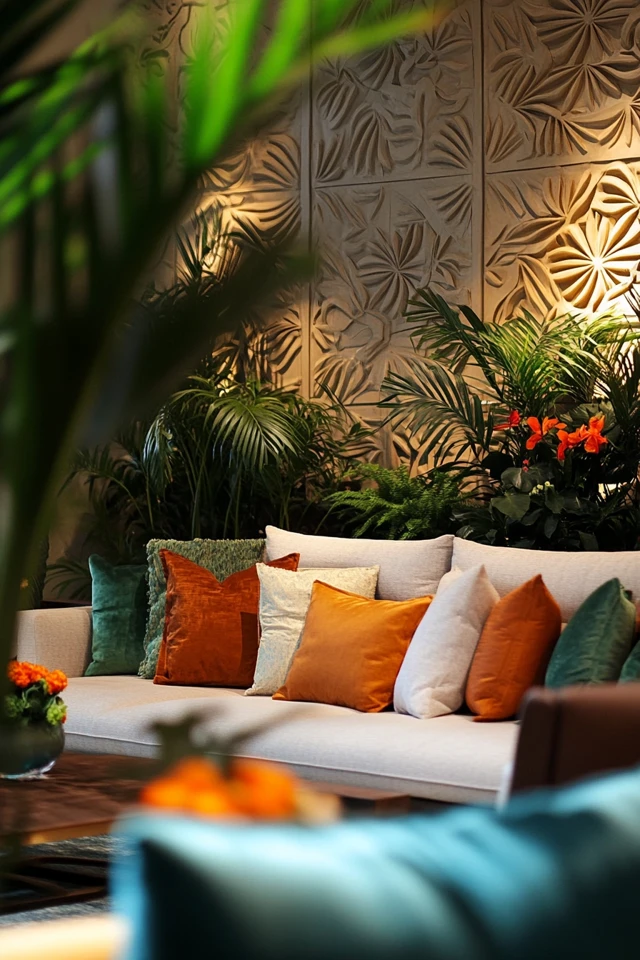
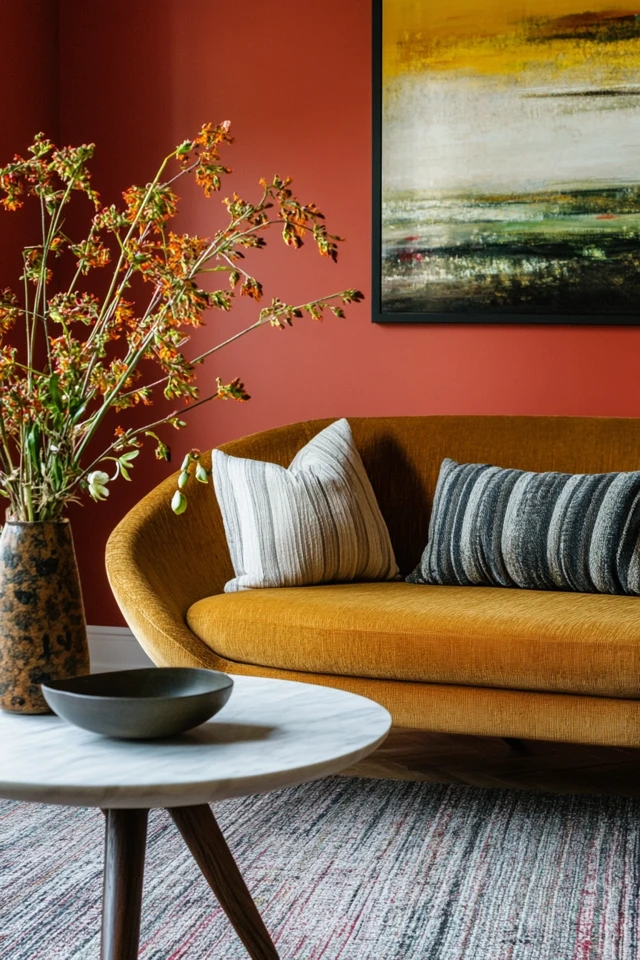
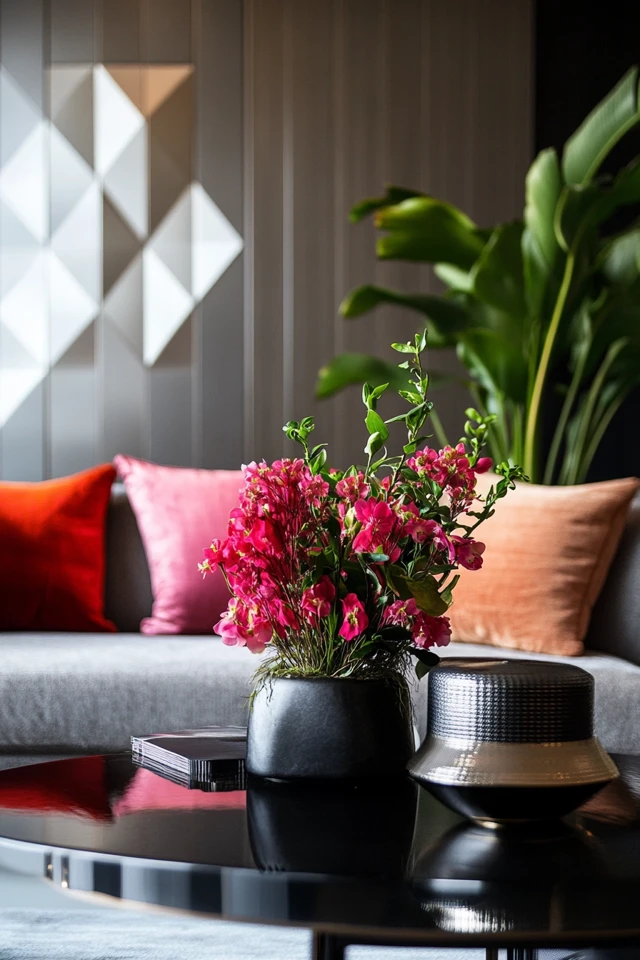
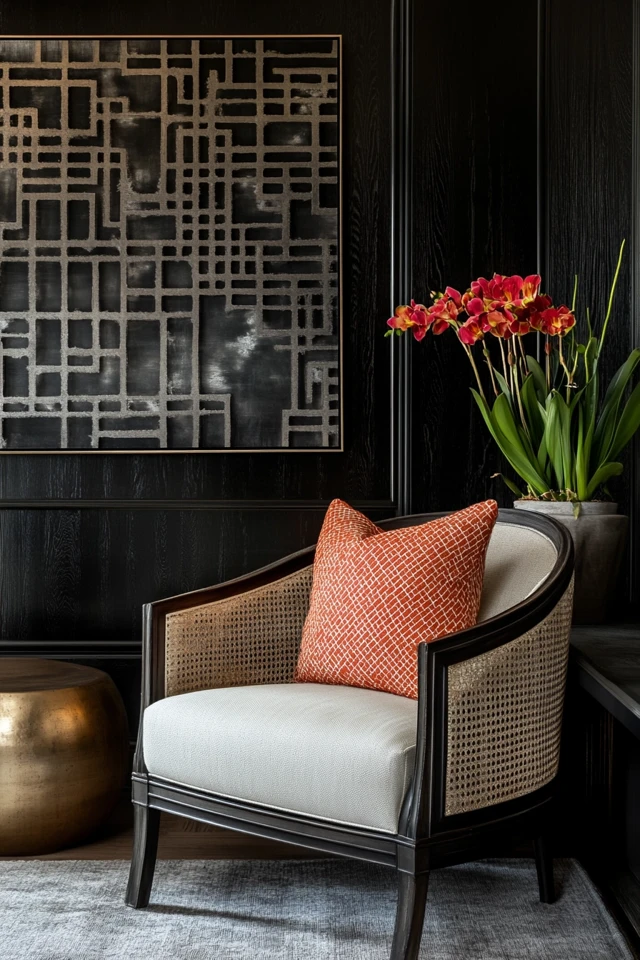
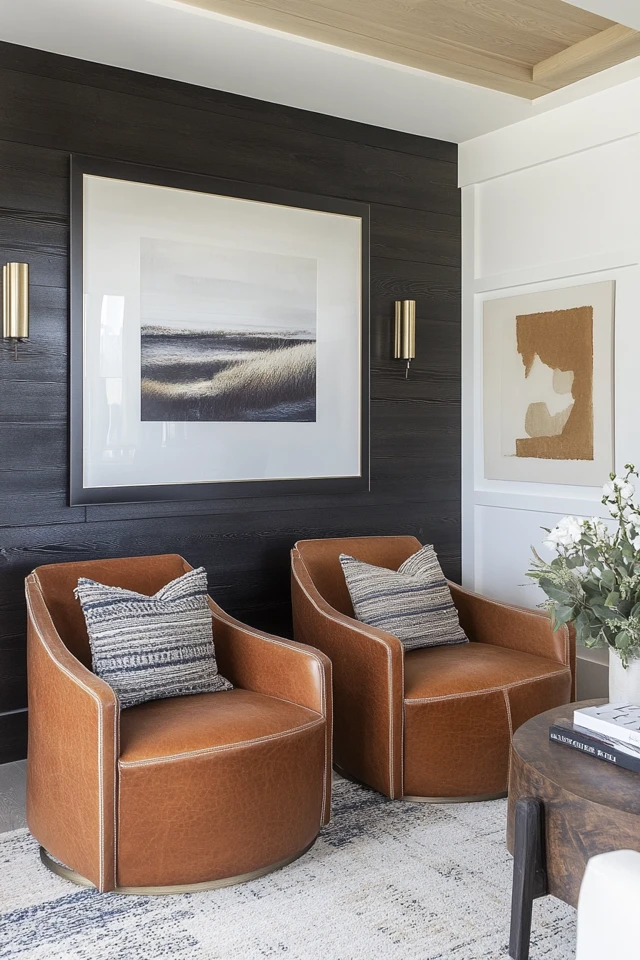
Why These Key Elements Work So Well Together
Strategic furniture placement works because it combines function, proportion, and visual balance. Every piece plays a role in the overall flow and feel of the room, and here’s why it works:
- Clear Pathways: Arranging furniture to leave 3-4 feet of walking space around major pieces ensures easy movement without obstacles. This improves the room’s usability and prevents the space from feeling cramped.
- Focal Points: Furniture placement often revolves around a focal point, such as a fireplace, TV, or large window. Centering the layout around this feature creates balance and draws attention where you want it.
- Proportion and Scale: Using furniture that fits the room’s size is crucial. For example, a sectional sofa works well in a large family room, while an apartment-sized loveseat is better suited for small living spaces.
- Conversation Areas: Arranging seating to face each other, or at least at an angle, fosters interaction and comfort, making social spaces more inviting.
- Zoning in Open Layouts: Strategically placed furniture defines different areas, such as a dining space separated from the living area by a rug or a console table.
Evidence-based design highlights the psychological benefits of well-arranged spaces. Thoughtful furniture placement creates a sense of order and calm, helping rooms feel welcoming and easy to navigate.
How to Achieve Strategic Furniture Placement: Step-by-Step
1. Identify the Room’s Purpose
- Define how you’ll use the room. Is it a social hub, a relaxation zone, or a multifunctional space? The function will guide your layout.
2. Choose a Focal Point
- Decide on the main feature of the room, such as a TV, fireplace, large window, or a statement piece of furniture. Arrange seating or key items around this point.
3. Anchor the Layout with Large Pieces
- Start with the biggest items, like sofas, beds, or dining tables. Place them in a way that complements the room’s dimensions and focal point. For example:
- In a living room, position the sofa facing the focal point.
- In a bedroom, center the bed against the longest wall.
4. Ensure Walkability
- Leave at least 3 feet of space for major walkways and 18 inches between coffee tables and seating for easy access.
5. Create Conversation Zones
- Group seating areas to encourage interaction. Arrange sofas, chairs, and ottomans within 8-10 feet of each other to keep conversations natural and cozy.
6. Layer in Secondary Pieces
- Add side tables, accent chairs, and floor lamps. Ensure they complement the main layout without blocking pathways.
7. Define Areas with Rugs
- Use rugs to anchor furniture and define spaces, especially in open-concept layouts. For example:
- A large rug under the sofa and coffee table grounds the living area.
- A smaller rug under a dining table sets that area apart.
8. Play with Angles and Height
- Don’t be afraid to angle furniture, like positioning an armchair diagonally in a corner. Use varying heights, like tall bookcases and low-profile seating, to add dimension.
9. Test and Adjust
- Once everything is in place, walk through the room. Adjust furniture if needed to improve flow or balance.
FAQ
1. How do I arrange furniture in a small room?
Focus on multifunctional furniture like storage ottomans or foldable tables. Place larger pieces against walls to save space, and use mirrors to create the illusion of more room.
2. How do I arrange furniture in an open-concept layout?
Create zones with rugs, lighting, and furniture groupings. Use large pieces, like a sofa, as dividers to separate areas like dining and lounging.
3. Should all furniture face the focal point?
Not necessarily. While main seating should face or angle toward the focal point, secondary seating can be positioned for flexibility or better traffic flow.
4. How do I improve traffic flow in a busy room?
Leave clear walkways between furniture, avoid blocking doorways, and keep major pathways free of clutter.
5. How do I make a large room feel cozier?
Group furniture into smaller zones, use rugs to define areas, and add layers with pillows, throws, and accent lighting for warmth.
Variations
- Minimalist Look: Focus on clean lines and open space. Limit furniture to essential pieces, like a sofa, coffee table, and one accent chair, for a streamlined flow.
- Maximalist Style: Use more furniture and accessories, but create balance with thoughtful placement. Layer rugs, use bold art as focal points, and arrange seating for lively gatherings.
- Small Space Hacks: Use multifunctional furniture, like a sofa bed or nesting tables, to maximize utility without overcrowding. Position mirrors to reflect light and make the space feel larger.
- Eco-Friendly Approach: Arrange secondhand or sustainably sourced furniture with thoughtful spacing to create an eco-conscious and inviting room.
How to Showcase It
- Seasonal Refresh: Rearrange furniture seasonally to make your space feel fresh. For example, position seating closer to a fireplace in winter or near windows in summer.
- Holiday Hosting: Arrange furniture to maximize space for guests. Pull chairs into conversation areas or create a buffet station with a console table.
- Daily Use: Optimize layouts for everyday functionality. Create a homework station for kids in the dining area or a cozy reading nook in the bedroom.
- Post-Renovation Reveal: Showcase new flooring, paint, or decor with a layout that emphasizes your updated space.
Occasions to Feature It
- Housewarming Party: Impress guests with a layout that balances style and flow, making it easy for them to mingle and move through the space.
- Family Movie Night: Arrange seating for optimal views of the screen, ensuring everyone has a comfortable spot.
- Dinner Gatherings: Position dining chairs to make conversation easy, and use a sideboard or cart for serving dishes.
- Relaxation Time: Designate cozy corners with recliners, ottomans, or floor cushions for unwinding with a book or cup of tea.
Conclusion
Strategic furniture placement is the secret ingredient to creating a home that feels both beautiful and functional. By arranging furniture with intention—considering focal points, pathways, and balance—you can transform your space into one that works for your lifestyle and enhances the overall flow.
Whether you’re working with a tiny apartment or a sprawling home, these principles apply universally. Don’t be afraid to experiment, test different layouts, and let your creativity shine. With thoughtful furniture placement, you’ll enjoy a home that feels open, welcoming, and effortlessly stylish. Give your furniture a purpose and watch your room come to life!

